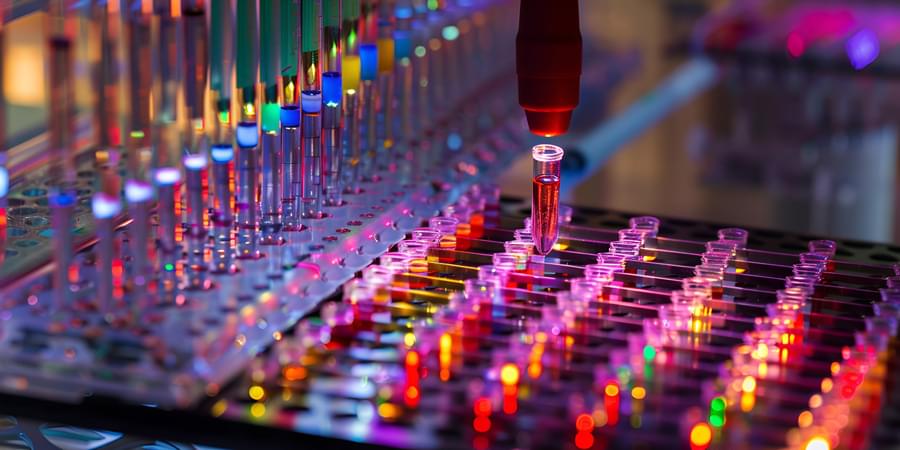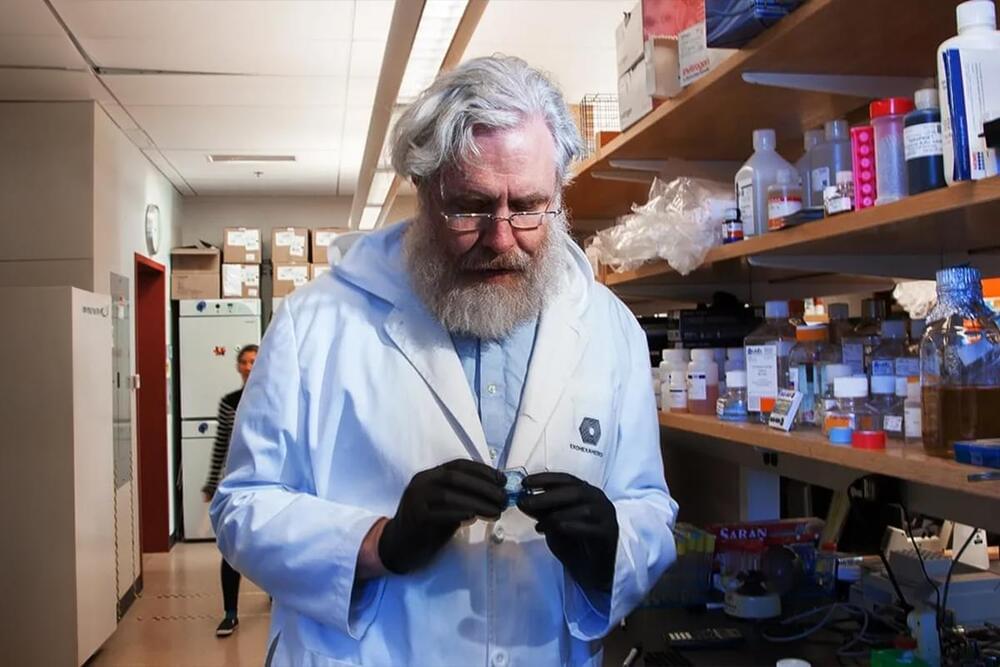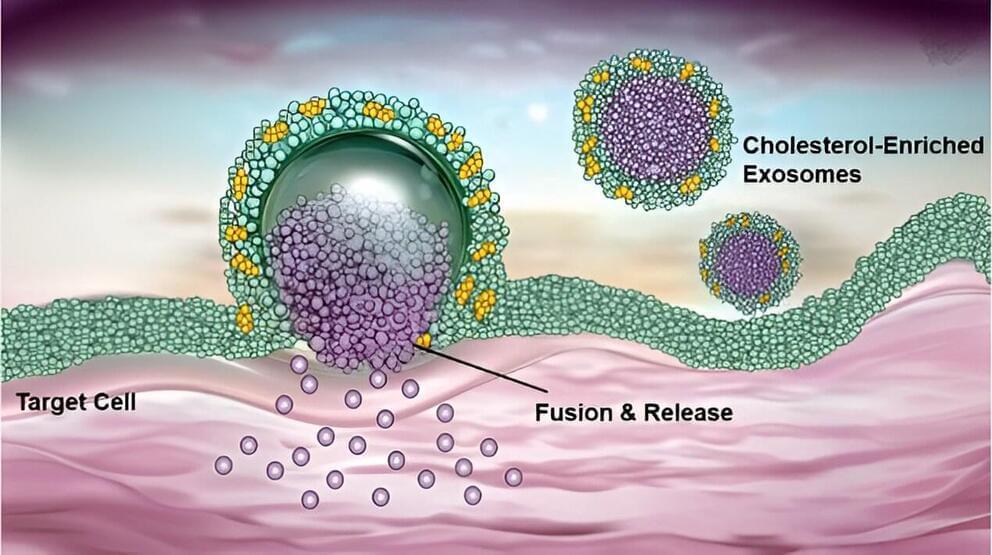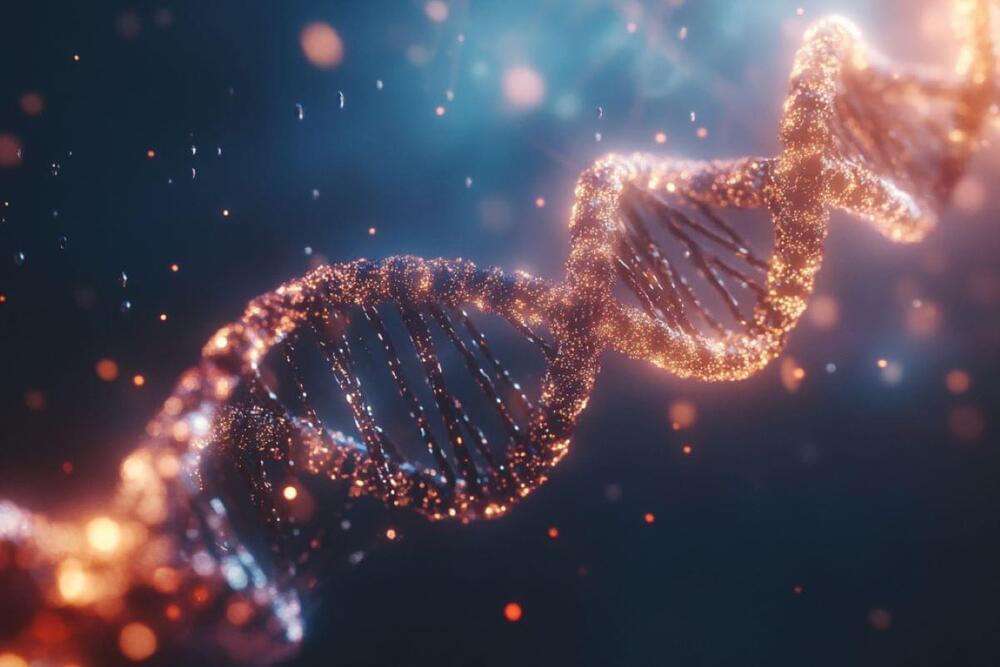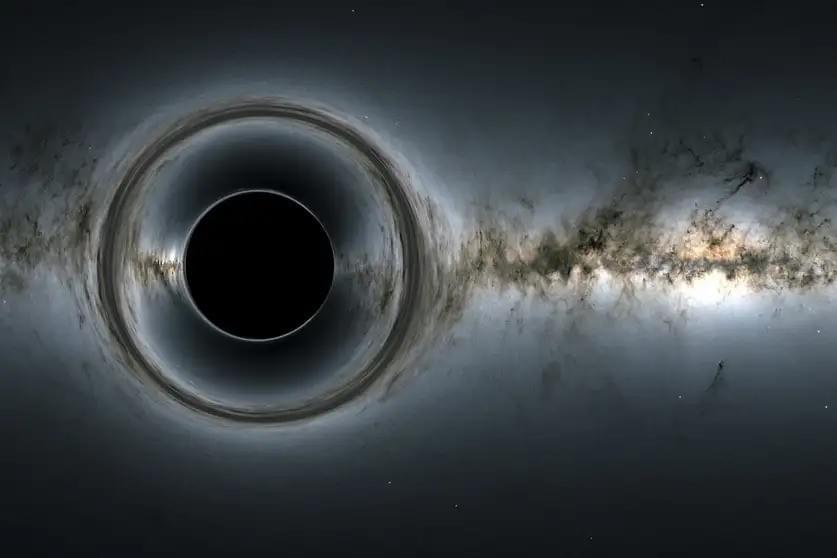
Could slight wobbles in the orbit of Mars be caused by microscopic black holes that have existed since the Big Bang? This is what a recent study published in Physical Review D hopes to address as a team of researchers from the Massachusetts Institute of Technology (MIT) and UC Santa Cruz investigated how these miniscule black holes could be comprised of dark matter, which was first hypothesized in the 1970s, resulting in miniscule wobbles in the orbit of Mars. This study holds the potential to help researchers better understand the characteristics of dark matter, which remains one of the most mysterious phenomena in the universe.
“Given decades of precision telemetry, scientists know the distance between Earth and Mars to an accuracy of about 10 centimeters,” said Dr. David Kaiser, who is a professor of physics and the Germeshausen Professor of the History of Science at MIT, and a co-author on the study. “We’re taking advantage of this highly instrumented region of space to try and look for a small effect. If we see it, that would count as a real reason to keep pursuing this delightful idea that all of dark matter consists of black holes that were spawned in less than a second after the Big Bang and have been streaming around the universe for 14 billion years.”
For the study, the researchers began with handwritten calculations produced by Tung X. Tran, who eventually became the study’s lead author and is a graduate student at Stanford University, which calculated the results if a primordial black hole passed through a human body, which he calculated would push the person approximately 20 feet.
